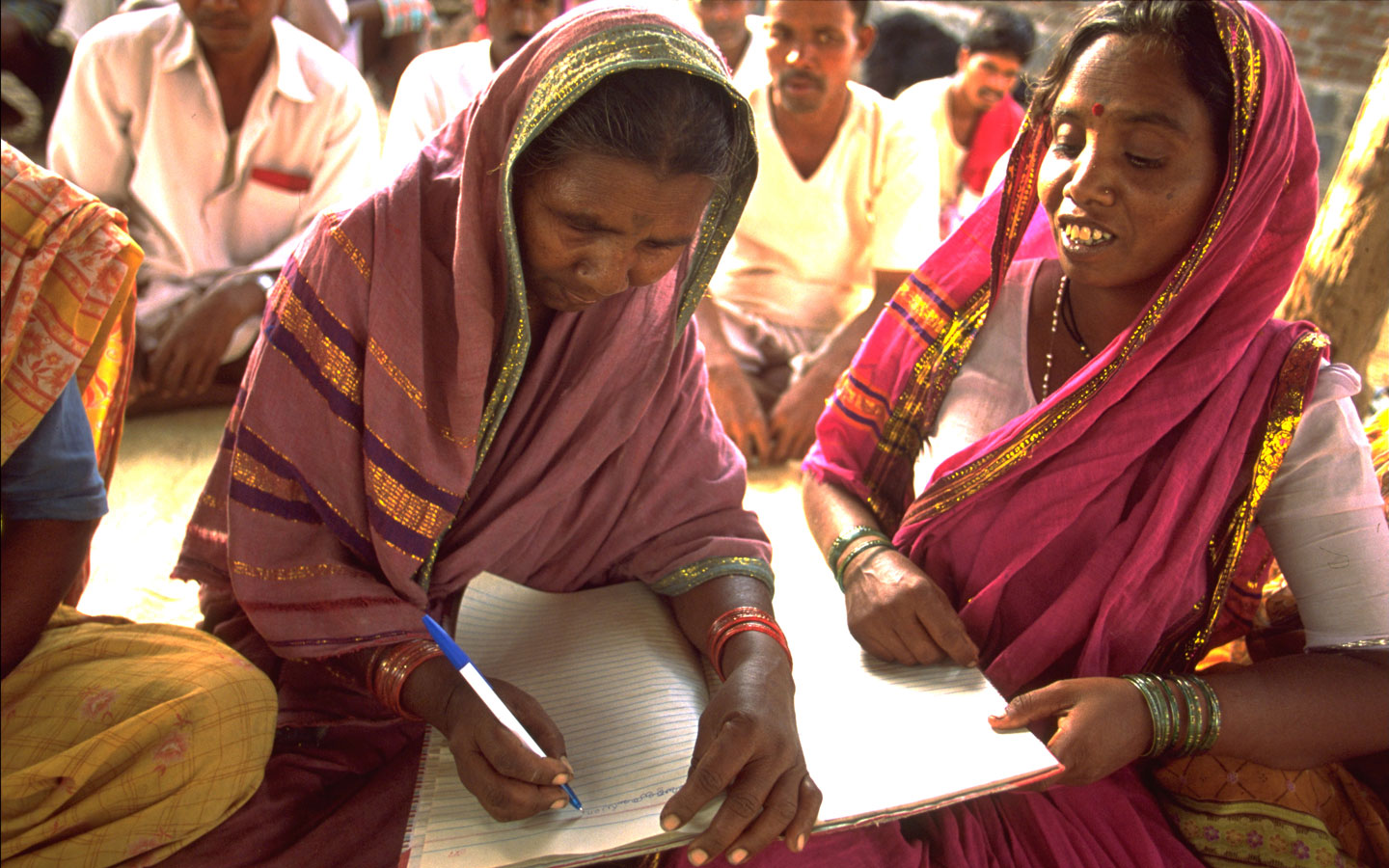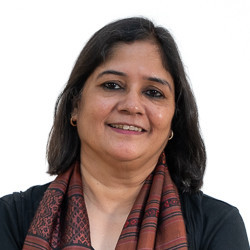Tapping public policies and programmes to boost IFAD’s impact
IFAD Asset Request Portlet
Asset Publisher
Tapping public policies and programmes to boost IFAD’s impact
By Carlos Icaza, Meera Mishra, Hardi M. W. Vieira

Sometimes, the solution to complex problems is hidden in plain sight.
The communities we serve often face multiple, deep and interconnected challenges. IFAD’s resources to address these challenges are limited – and, to be most effective, we have to focus our interventions on our main areas of expertise.
In many rural areas, especially those in middle-income countries, public actors and institutions are responsible for providing key services such as education, health care, basic infrastructure, and social assistance. Likewise, an array of public agencies is responsible for implementing policies and programmes addressed, directly or indirectly, to rural communities and small-scale producers.
However, public programmes often do not reach IFAD project participants. Public networks and agencies are often absent from the most remote rural communities – i.e., where we do a great deal of our work. Many residents of these areas also aren’t aware of the variety of public programmes available, and those who are often find that it’s difficult to meet their requirements. Meanwhile, even where IFAD-supported projects are implemented by a government counterpart, such as a national Ministry of Agriculture, coordination with other public programmes is uncommon.
We therefore have a great opportunity in front of us. Promoting synergies between IFAD operations and inclusive public policies and programmes can multiply the impact and sustainability of our operations.
Although effective inter-institutional coordination is never simple, it is doable – and entirely worth the effort. Some of our projects in Brazil and India are already showing the way.
Facilitating access in Brazil
In Brazil, IFAD-supported projects facilitate rural people’s access to public policies that, along with IFAD interventions, contribute to triggering rural transformation.
The Dom Helder Camara project, for example, helped about 15,500 families access R$37.2 million (US$8 million) in grants from Fomento, a productive inclusion programme managed by the national Ministry of Citizenship. Accessing these grants requires developing a business plan, a task that’s often prohibitive for the poorest families. The project, with the support of institutions like the extension agency ANATER, supported these families in the development of these plans. Beyond helping them access the funds, this arrangement resulted in a win-win partnership that saw inter-ministerial collaboration and policy alignment – to the benefit of the families.
The project also assisted about 14,750 families (especially youth and women) with navigating the complex administrative procedures surrounding PRONAF, the flagship federal micro-credit programme. Its support helped families access a total of R$250.5 million (about US$52 million) in credit.
IFAD-supported projects in Brazil also help participants obtain the certifications they need, including those for organic and family agriculture status as well as for food safety and hygiene standards. This allows them to sell their products via public channels such as the PAA, a national programme to ensure food security and the promotion of products from family agriculture, and the national school nutrition programme (PNAE), which provides meals and nutritional education for students.
Meanwhile, we recognize that building trust between our partners and local and national authorities is key to unlocking dialogue on policies. We support policy dialogue platforms, such as the State Forum of Family Agriculture Secretaries and the Northeast Consortium of State Governors, designed to advance pro–family farming policies and programmes.
Promoting convergence in India
In India, our efforts are focused on convergence: embedding relevant public programmes and resources in the project design and budget, and then working with them during implementation. We find this generates support for entry-level activities, such as access to drinking water and social protection programmes, that leads to greater acceptance of the project among local communities. It also amplifies the impact of IFAD operations and helps make them more sustainable, especially by encouraging project participants to engage with the public system.
This process starts at the very beginning of the design stage. The principal borrower, India’s Ministry of Finance, invites key federal agencies to review the initial documentation and advise on possible synergies with their programmes. Later in the design process, the governments of the states involved enlist relevant programmes and map out available resources under each.
During the design of the REAP project, for example, the Government of Uttarakhand indicated that the project could have access to half of the INR 4.9 billion (US$64 million) allocated for the state’s rural infrastructure programmes. The design team brainstormed with the appropriate state departments and identified specific activities and budget lines that would be most effective. This work allowed the project to invest around US$48 million from state funds for the benefit of Uttarakhand’s farmers.
Convergence is also pursued during implementation. As part of its work on integrated natural resource management, staff from the LAMP project team consulted with the federal Mahatma Gandhi National Rural Employment Guarantee Scheme. The project also prepared guidelines on developing community resource-management plans. The government of Meghalaya state, where the project was being implemented, then set up a committee to review these plans and established a disbursement schedule. Funds from the scheme (totaling INR 1.368 million, or around US$18 million) now account for over half of LAMP’s total natural resource management budget. They’re being used for soil and water conservation and afforestation efforts throughout Meghalaya.
A worthwhile – and increasingly necessary – effort
Establishing the connections needed to deliver mutually beneficial results is not easy. It often involves time, effort, and patient diplomacy. But, when we consider their overall effectiveness, the time and resources invested are clearly worthwhile.
The examples of Brazil and India show how the impact and sustainability of IFAD’s work can be improved by taking advantage of existing public resources and promoting further cooperation of the network of public actors operating in rural areas. In a global context of increasing challenges and limited fiscal resources, promoting coordinated approaches to serving poorer rural communities will be more and more necessary.
Publication date: 28 April 2022

